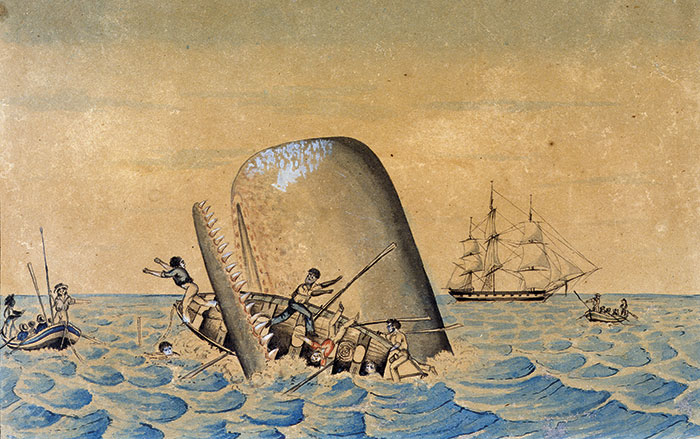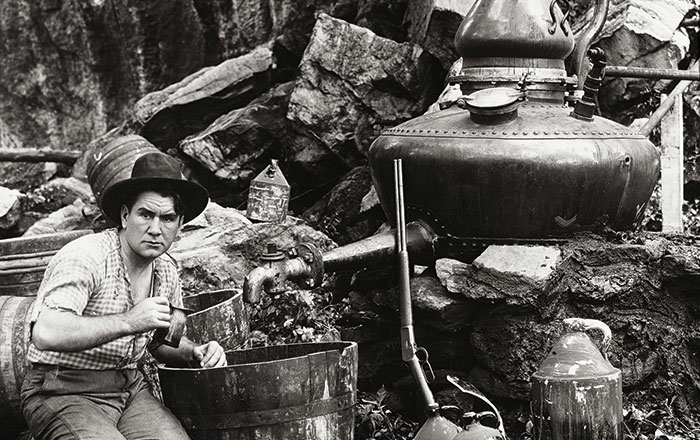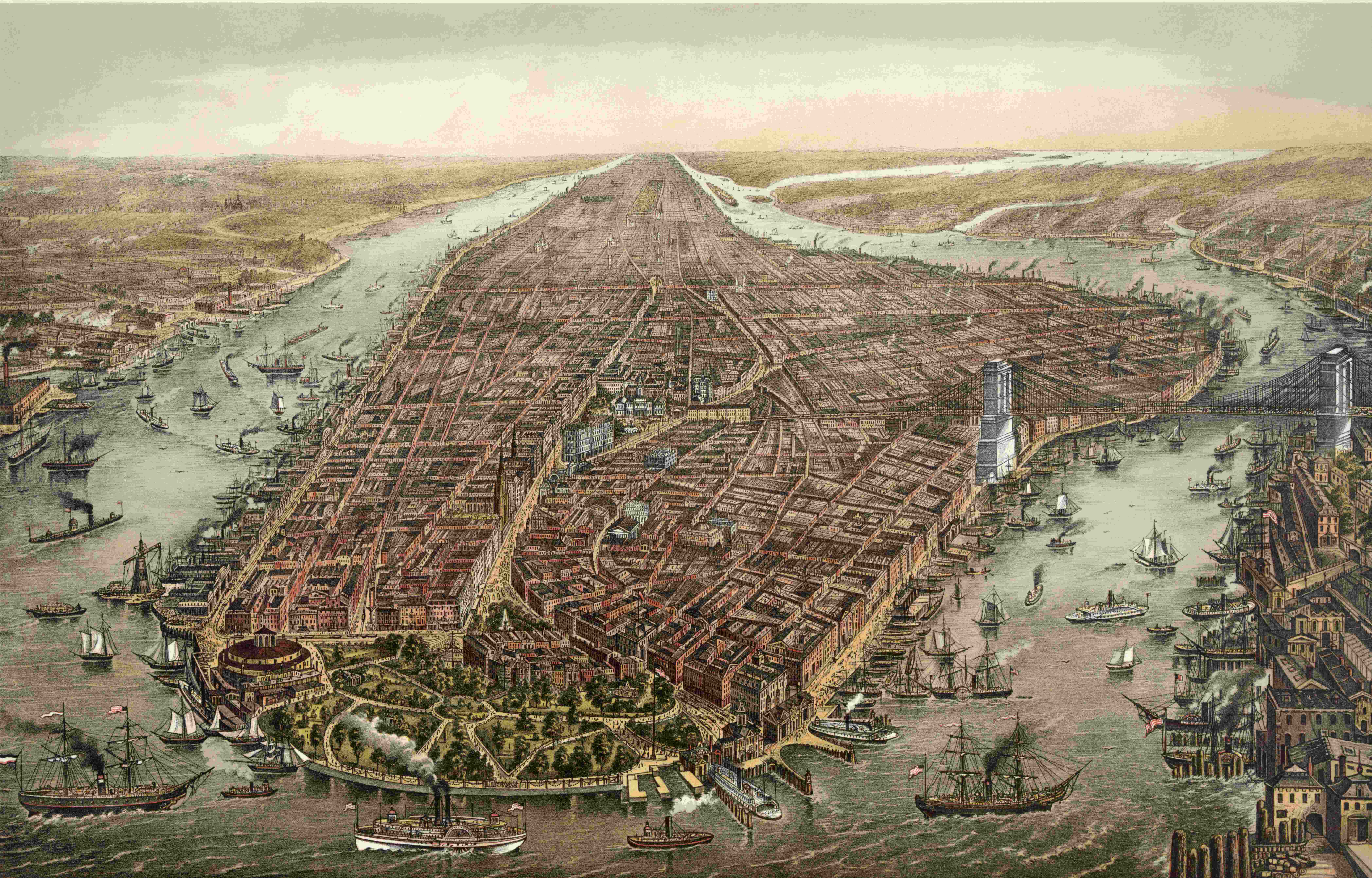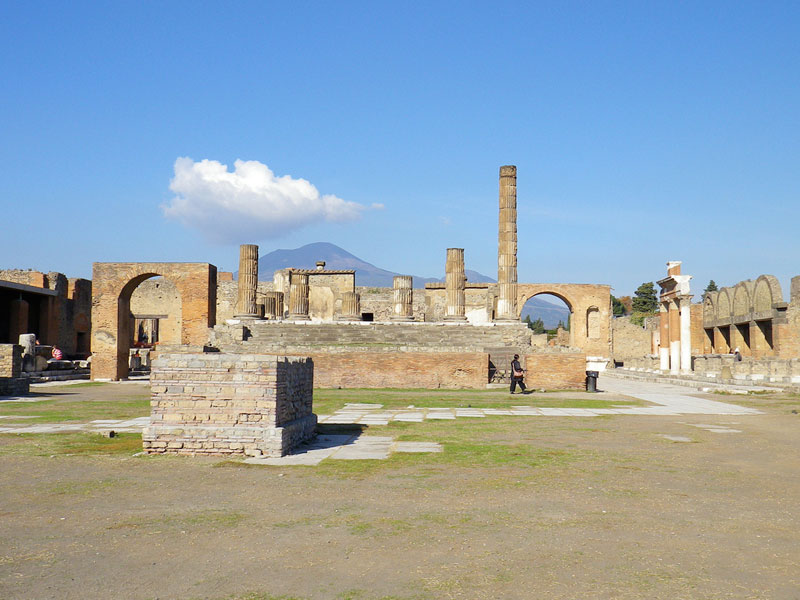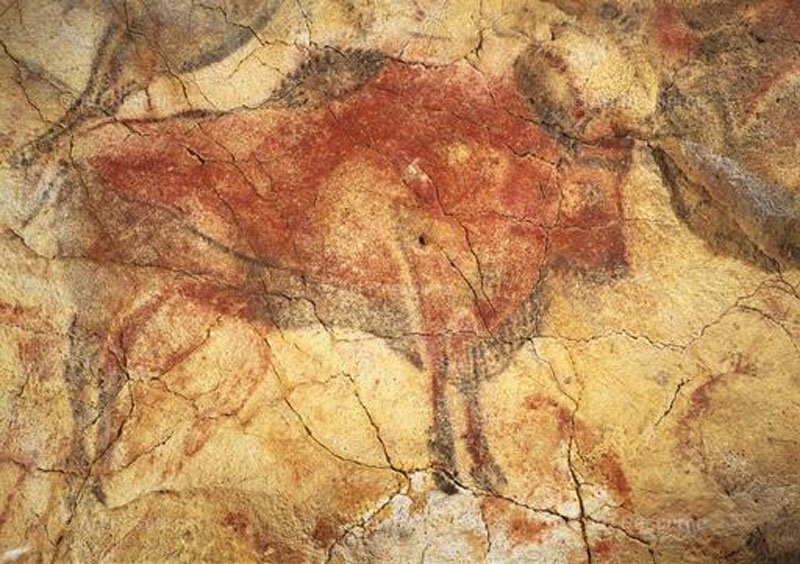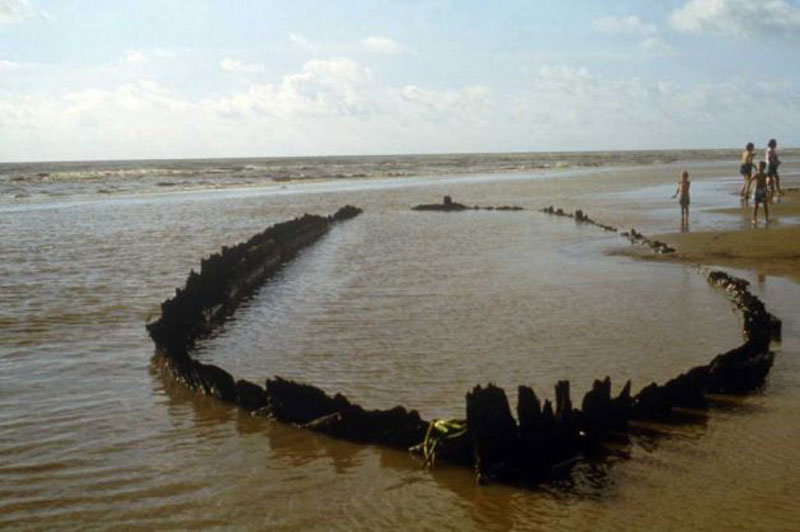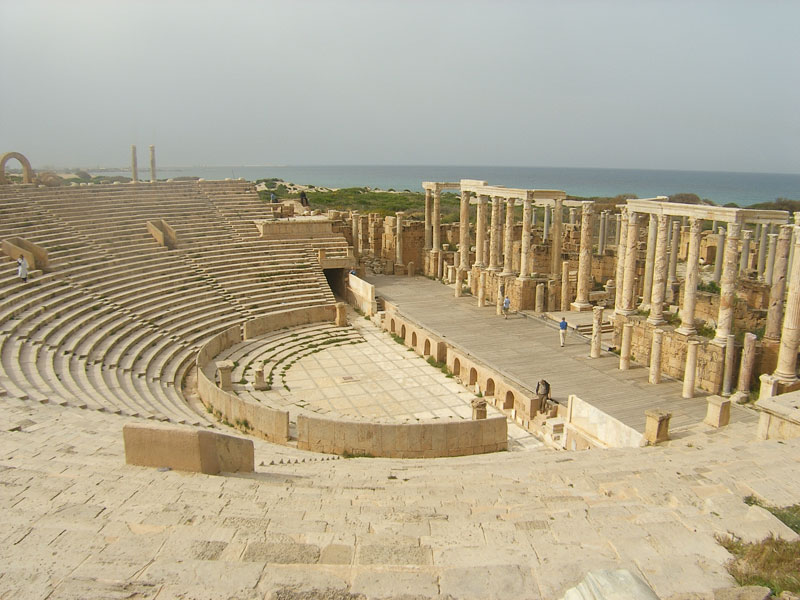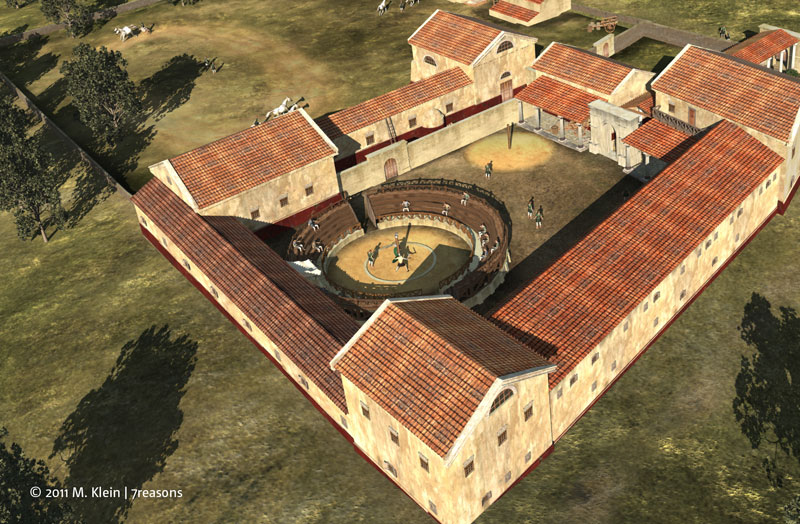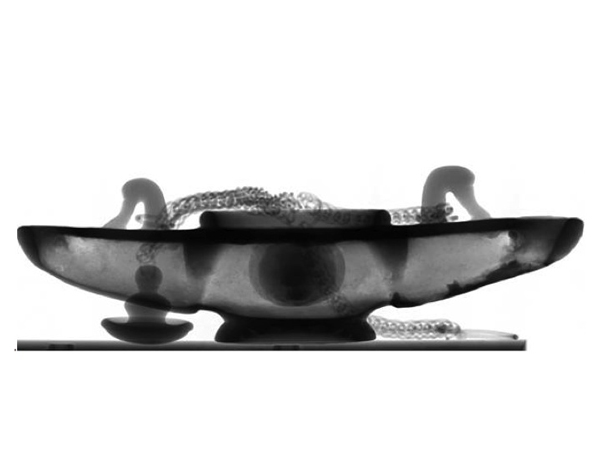
Scientists from Brown University, Wayne State University, and Oak Ridge National Laboratory have developed an imaging device that uses a beam of neutrons, a particle found in the nucleus of most atoms, to make three-dimensional images of archaeological artifacts. The neutron beam offers two advantages over X-ray-based imaging technologies such as MRIs and synchrotron light sources. It penetrates metal objects and can make images of soft
organic materials.
So far, the team has made 3-D images of several bronze objects, including an oil lamp (below), a Roman coin, and a figurine of a dog. "The 3-D imaging allows us to peel back the layers of an artifact like an onion," says archaeologist Krysta Ryzewski of Wayne State. One object the team imaged, found at the site of Petra in Jordan, appeared to be nothing but a lump of corroded metal. But the neutron beam revealed that it had been an earring. The team hopes to use this technology to reverse-engineer how these and other
artifacts were made.


